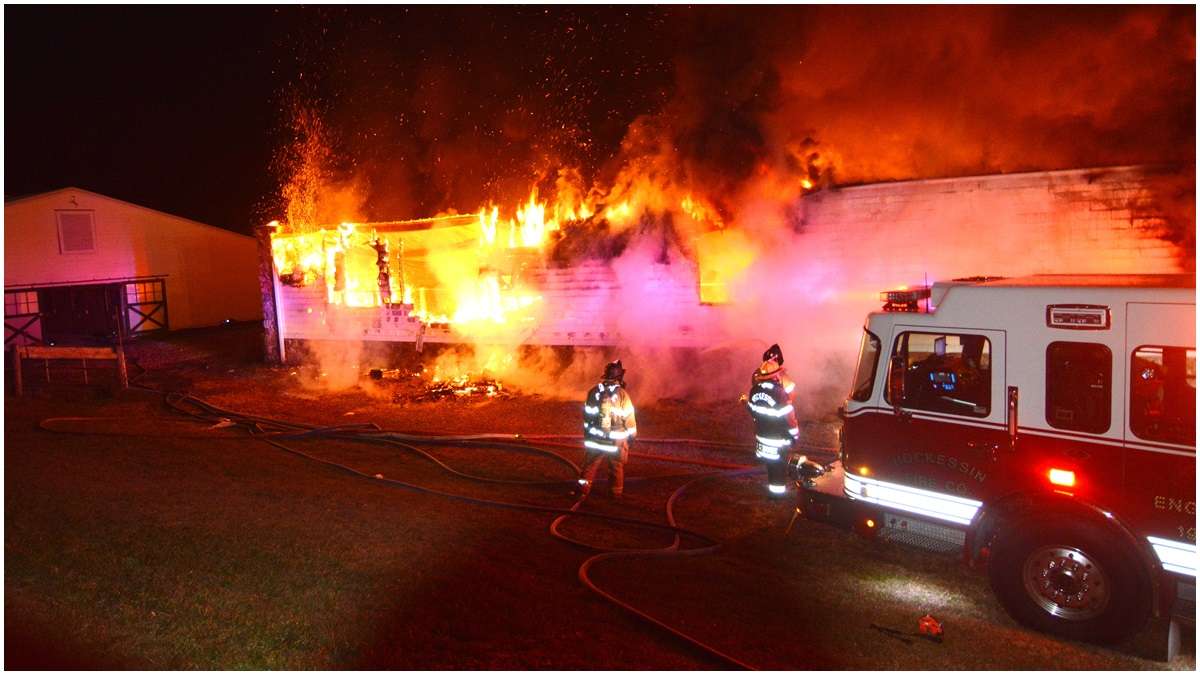Path cleared for state takeover of York School District: how it got this way
A judge has ruled that the state can take over the York City School District and, ultimately, turn over operations to a private charter operator.
Editor’s note: To view comparative funding breakdowns in a particular year, click on the flag on the timeline.
A judge has ruled that the state Department of Education can take over the York City School District and, ultimately, turn over operations to a private charter operator.
With that decision, York would be the first district in the state and only city in the country to offer public education exclusively through charter schools.
Currently, the highest rate is 91 percent, in New Orleans, according to the National Alliance for Public Charter Schools. The conversion in New Orleans stemmed from the city’s decimation by Hurricane Katrina.
In York’s case, the state would make the change over protests of the elected school board. That only adds to the controversy that almost always accompanies charter school conversion.
York’s predicament has deep, tightly tangled roots in population shifts and socioeconomic forces originating decades ago, as with other small cities in Pennsylvania.
But technically, the city’s schools face a state takeover and privatization for fiscal reasons.
That’s because Pennsylvania’s state intervention and takeover law focuses almost exclusively on monetary matters, although the state’s prescribed recovery process includes formulating long-term improvement plans that contain both fiscal and academic performance targets.
Under that law, the state has declared four – York, Harrisburg, Duquense and Chester-Upland – distressed (law allows nine, at most) and another four – Steelton-Highspire, Reading, Aliquippa and Wilkinsburg – on a “watch list.”
State education funding cuts often are blamed for fiscal woes, but the most significant income losses during the past decade in these districts stem from declining revenues from federal sources and local real estate taxes, according to a Keystone Crossroads analysis of Department of Education data.
State education funding cuts often are blamed for these and other districts’ fiscal woes.
Since the 2005 school year, federal funding has dropped by 36 percent to the state’s poorest school systems while staying relatively flat to other types of schools considered separately or combined, the analysis showed.
Financially troubled districts’ local income also dropped exponentially – but not as dramatically – compared to other public school districts in Pennsylvania during the past decade, according to Keystone Crossroads’ analysis of PDE data.
It now accounts for less than a third of total revenue in poor districts, while the rate is between 56 and 85 percent for the Commonwealth’s other public schools, depending on which are considered (all, only traditional districts, only charters, etc.).
That’s party due to flat or declining property values in York, Reading, Harrisburg, Steelton-Highspire and Aliquippa.
Increasing charter school enrollment contributes as well, as districts pay tuition for the increasing number of students who opt for charters instead of their traditional home district.
State funding has meanwhile increased since 2005 to financially distressed schools, but not by enough to make up for the other losses.
Like state and federal income losses, local revenue declines are entangled with dropping enrollment, lagging academic performance and declining residential population.
WHYY is your source for fact-based, in-depth journalism and information. As a nonprofit organization, we rely on financial support from readers like you. Please give today.






